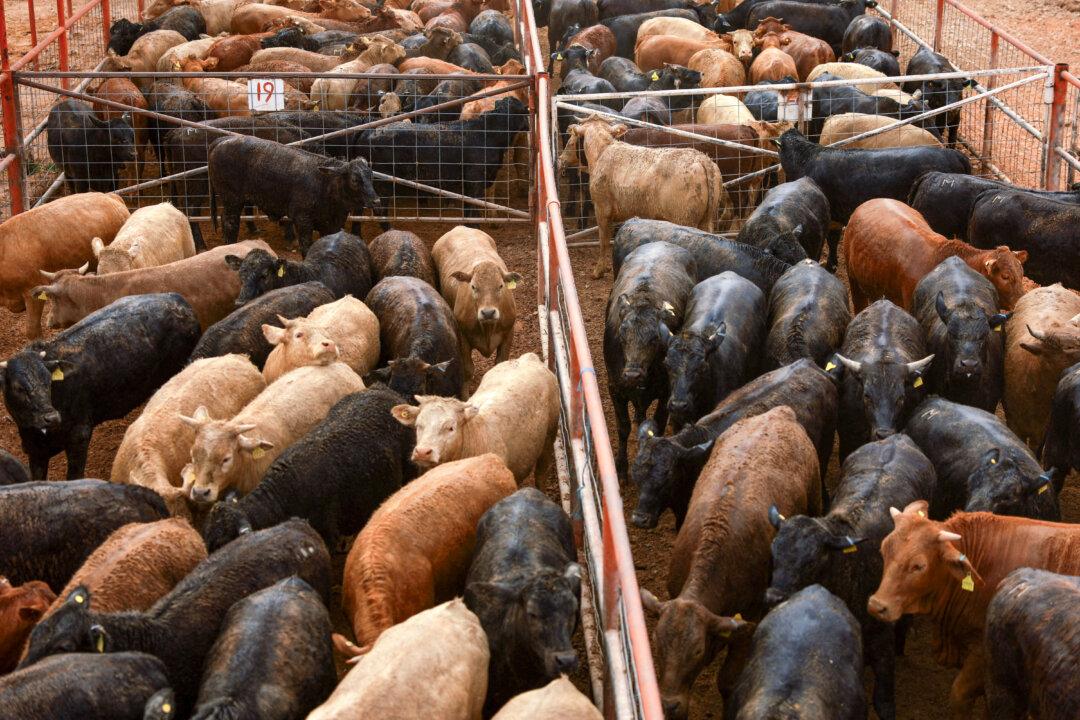The U.S. Department of Agriculture (USDA) will not impose restrictions on cattle imports from Mexico after the discovery of another case of New World screwworm (NWS) in a cow south of the border, the agency said on Feb. 18.
The department announced in November 2024 that it was temporarily blocking shipments of Mexican cattle and bison into the United States to protect livestock and other animals after NWS was detected in a cow at a checkpoint near Mexico’s border with Guatemala.





